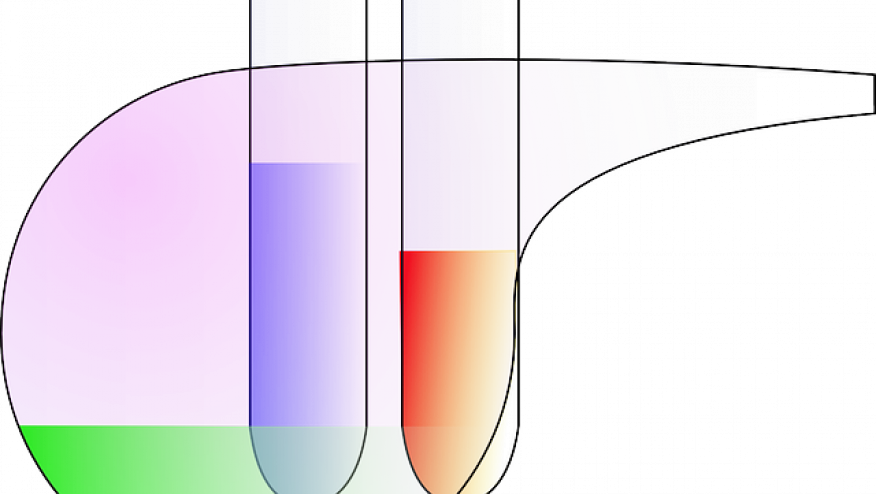High 14-3-3η Levels Have Predictive Value in Early Inflammatory Arthritis Save

14-3-3η is a new serum assay that has utility in diagnosing and treating patients with rheumatoid arthritis (RA) and early inflammatory arthritis (EIA). However, the role of this test in patients with RA and EIA is being defined by current research.
14-3-3η is not known to have a pathogenic role in RA, but has been shown to induce numerous proinflammatory mediators. Patients with elevated levels have a greater risk of evolving from arthralgia to chronic arthritis, and may have more severe disease or more radiographic damage. Interestingly, 14-3-3η levels do not correlate with acute phase reactant levels (ESR, CRP) or disease activity scores, and weakly correlate with RF and CCP antibody levels. The 14-3-3η (also known as IdentRA in the USA and JOINTstat elsewhere) test costs between $60 and $130.
A recent study evaluated the prognostic potential of serum 14-3-3η protein levels in 331 EIA patients, half of whom had either RF or CCP antibodies. Higher levels were associated with lower odds of achieving SDAI remission and greater risk of radiographic damage. Decreases of 14-3-3η levels by at least 0.76 ng/ml and reversion to negative during follow-up was associated with less subsequent radiographic progression.
Higher levels of 14-3-3η (≥0.50 ng/ml) were correlated with poorer clinical and radiographic outcomes EIA patients. Overall, 14-3-3η, CRP, age and other RA Abs (RF, CCP) represent independent predictors of subsequent joint damage.










If you are a health practitioner, you may Login/Register to comment.
Due to the nature of these comment forums, only health practitioners are allowed to comment at this time.